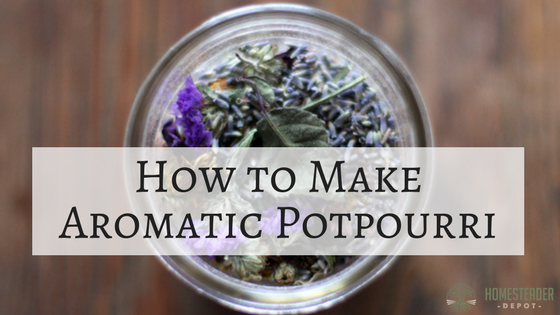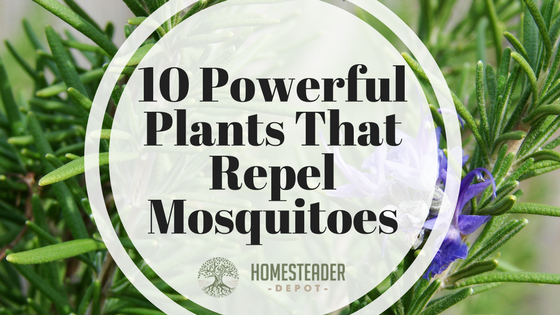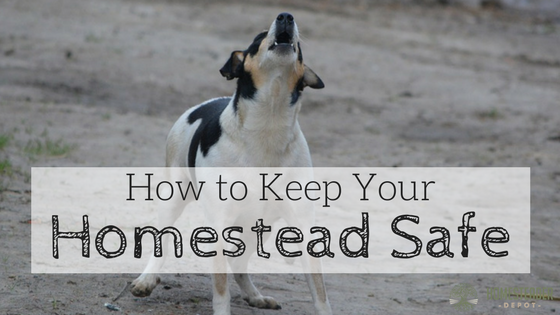How to Make Aromatic Potpourri
If you are a flower gardener or simply love the smell of fragrant potpourri, you should definitely learn to make your own. You can harvest and process your own flower petals or buy your own and make several sachets to give to friends and family. There are few more thoughtful, easy homemade gifts than an … Read more








